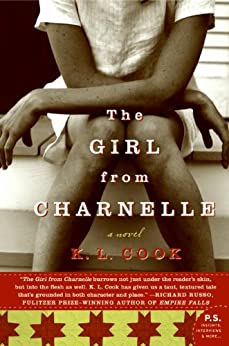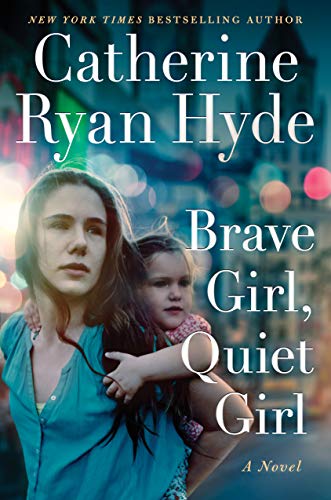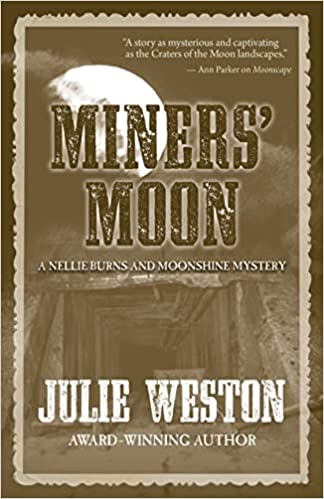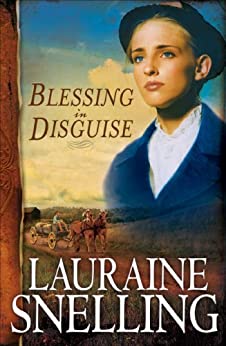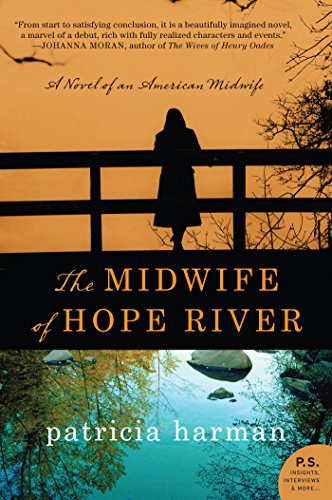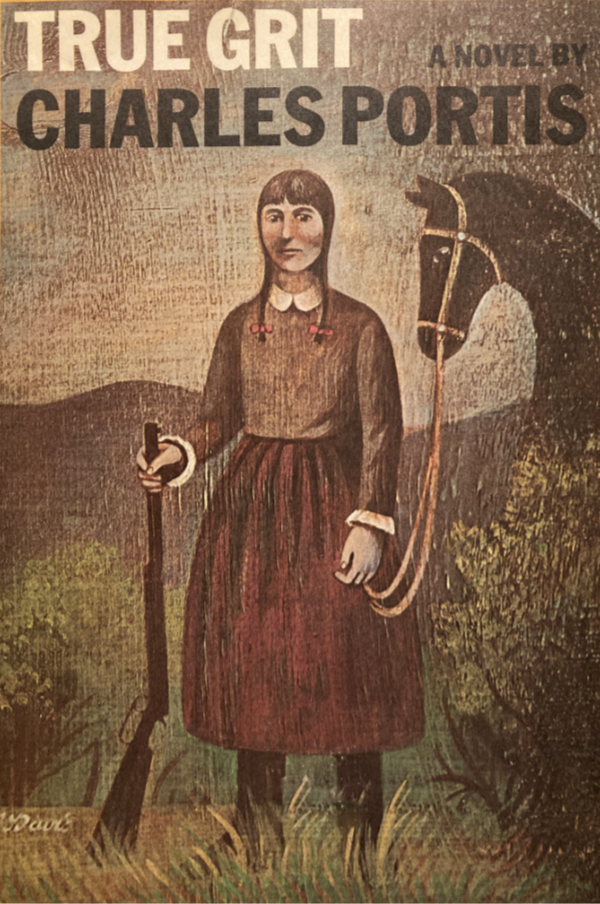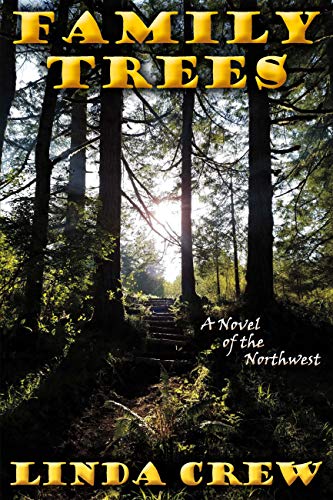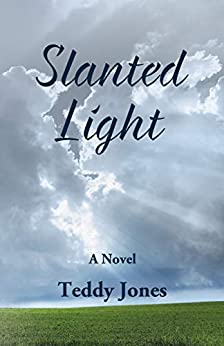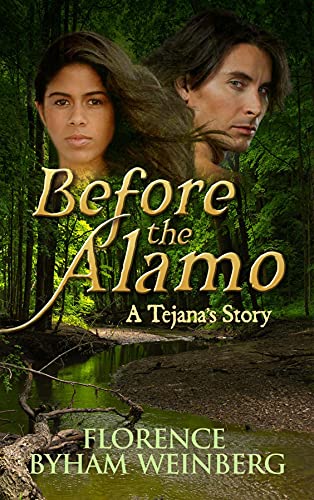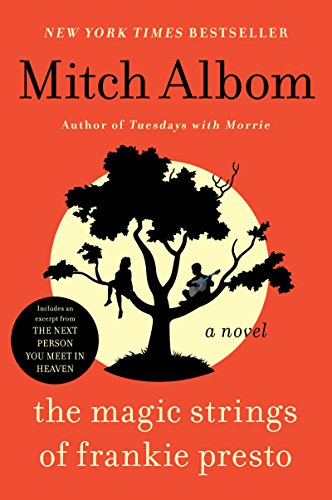
The Magic Strings of Frankie Presto by Mitch Albom is a poignant novel of a great guitarist who touches lives in almost magical ways. The story begins in Spain, 1936.
Frankie Presto, orphaned at birth, is raised by the man who rescues him, then later by a blind musician who, in addition to teaching Frankie the guitar, teaches him about life. When Frankie is nine, his life changes drastically when he is sent to America in the bottom of a ship. The only thing he is able to take with him is an old guitar and six precious strings.
The Voice of Music narrates the story, interspersed by such great musicians as Wynton Marsalis, Duke Ellington, Bruce Springsteen, Hank Williams, Tony Bennett, and many more. Even Elvis makes an appearance. Frankie becomes a world-renowned musician, playing from classical to jazz to rock and roll. His magnificent talent touches numerous lives along the way.
The story covers many years, beginning with World War II to present day. Its enriching wisdom makes this book a classic with thoughts such as: “Music is in the connection of human souls speaking a language that needs no words.”
I’ve read and reviewed other excellent books by Mitch Albom, but this book is in a class by itself. Musicians, especially guitarists, will love this book. Actually, anyone who loves music will cherish this story. I highly recommend The Magic Strings of Frankie Presto.


